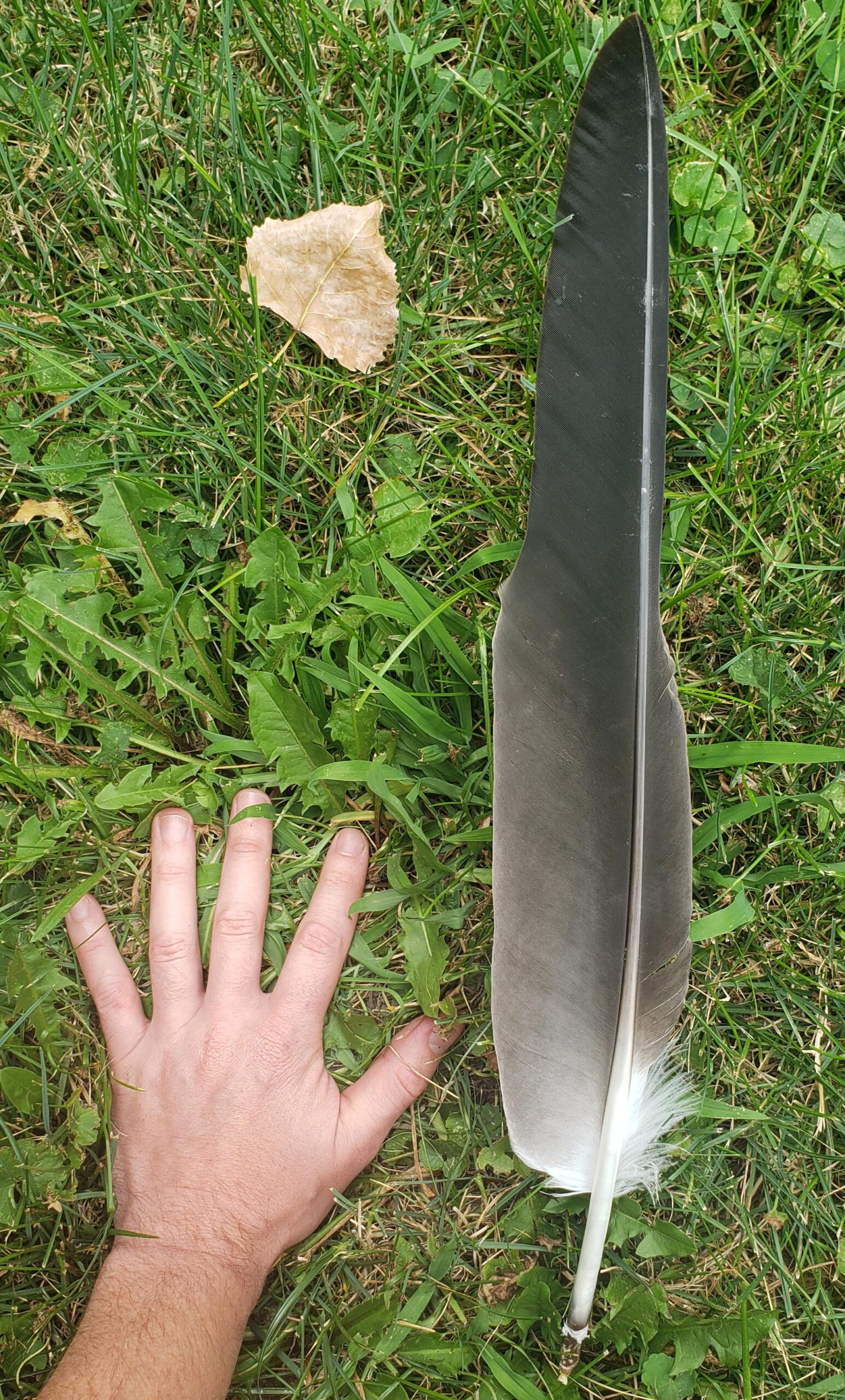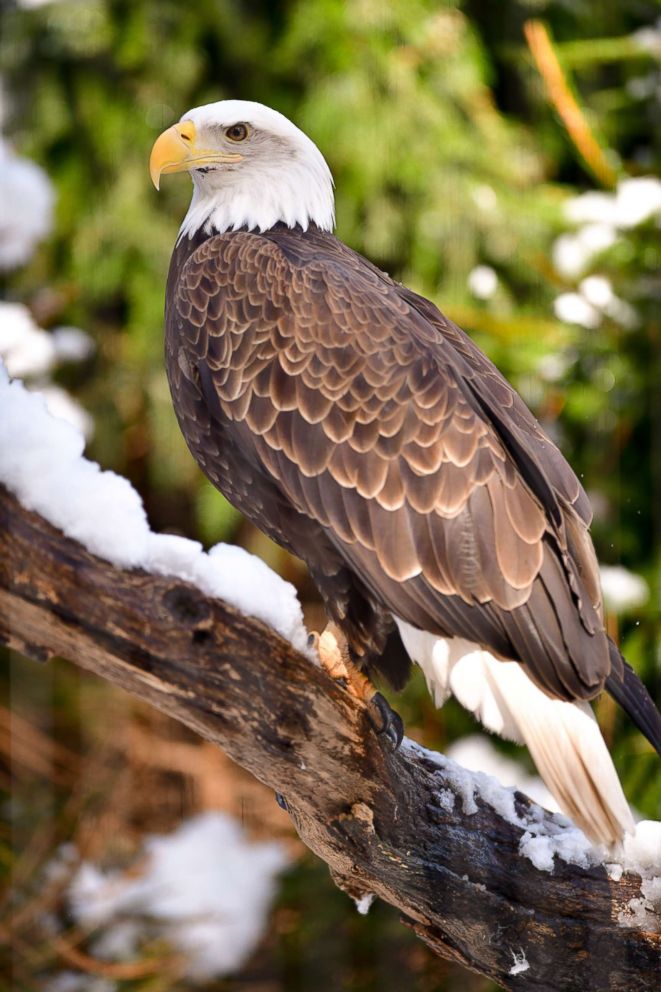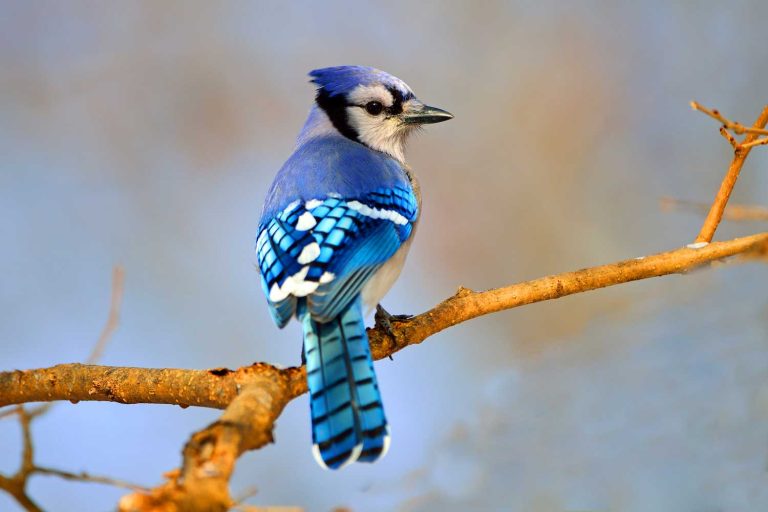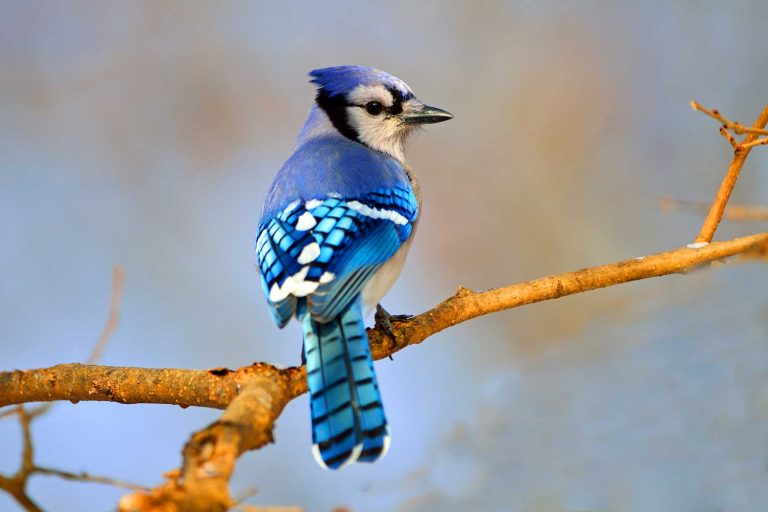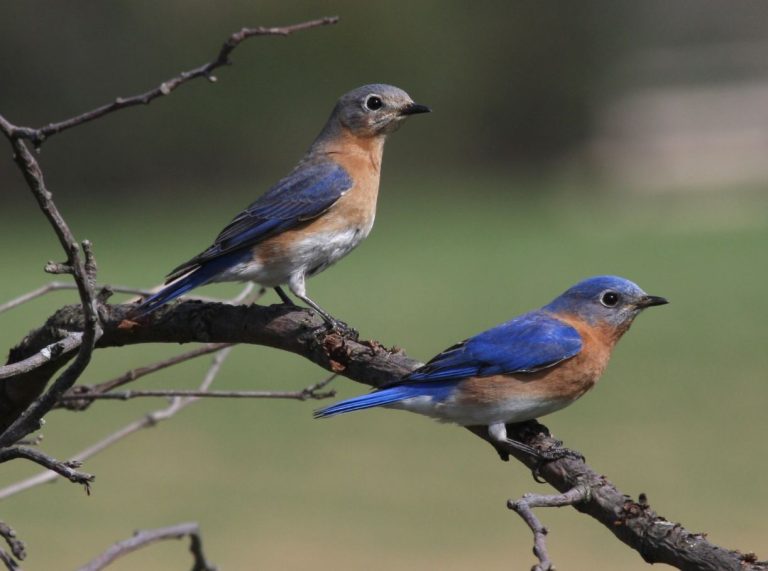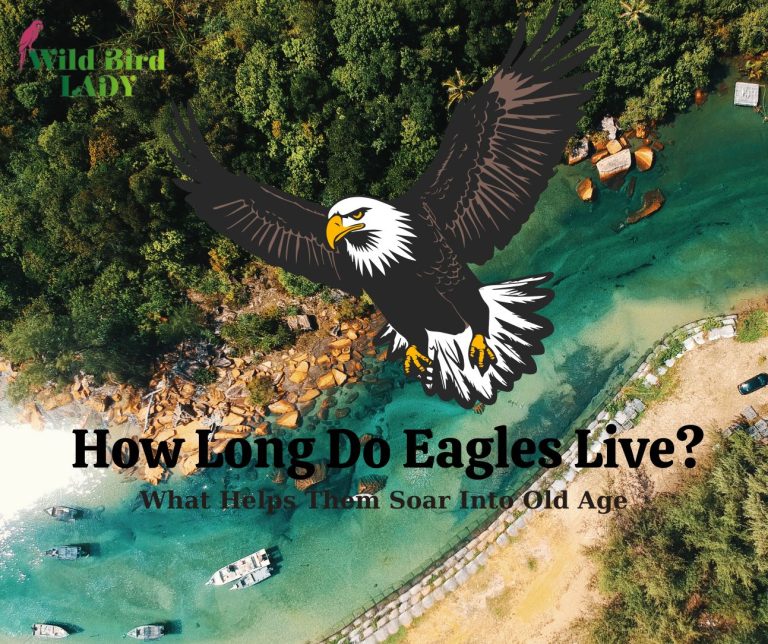How to Spot Bald Eagle Feathers Like a Pro
To identify bald eagle feathers, look for white or dark brown coloration and a distinct shape that resembles a blade. An eagle’s primary feathers are longer than its secondary feathers, and the feathers on its head and neck are light in color.
Bald eagles are majestic birds of prey that are often associated with the united states of america. Identifying their feathers can be an exciting and educational experience, but it can be challenging without proper knowledge and attention to detail. Many people mistake other bird feathers for bald eagle feathers, so it’s essential to know what to look for.
It’s also illegal to possess bald eagle feathers without a permit, so identifying them will keep you from unknowingly breaking the law. By examining the feather’s color and distinctive shape, you can determine whether or not it belongs to a bald eagle.
Understanding Bald Eagle Feather Characteristics
Bald eagles have distinct feather characteristics that make them stand out from other birds of prey. Understanding these characteristics is key to identifying bald eagle feathers. In this section, we will discuss the physical appearance of bald eagle feathers, size and shape variations among different types of feathers, colors and markings to look out for, and the significance of each characteristic for identification.
The Physical Appearance Of Bald Eagle Feathers
Bald eagle feathers are distinctive due to their size and shape. They are broad and flat with a tapered end. The feathers are also symmetrical, meaning both sides are identical. The feather structure allows the eagle to fly efficiently and catch prey with ease.
Bald eagle feathers are made up of two distinct parts, the quill and the vane. The quill is the central shaft of the feather, while the vane is the flat part on either side.
Size And Shape Variations Among Different Types Of Feathers
Bald eagles have several types of feathers that vary in shape and size. The primary feathers are the largest feathers on the eagle’s wing and are used for flight. The secondary feathers are smaller and are located behind the primary feathers.
These feathers provide lift and control during flight. Tail feathers are also distinct and used for balance during flight.
Colors And Markings To Look Out For
Bald eagle feathers can vary in color, but typically have a dark brown or black base color with white tips. The head and tail feathers of bald eagles are typically white, making them easier to identify. Additionally, juvenile bald eagles have brown feathers with white blotches, which gradually turn darker as they mature.
Significance Of Each Characteristic For Identification
Each characteristic of bald eagle feathers is significant for identifying the bird. The shape and size of feathers help distinguish between different types of feathers on the bird’s body. The color and markings are also important for identifying the bird’s age and gender.
By examining these characteristics, it is possible to correctly identify bald eagle feathers and gain a better understanding of the bird’s behavior and habitat.
Remember, identifying bald eagle feathers can be a fun and rewarding experience, but it is important to do so legally and ethically. Bald eagles are a protected species, and it is illegal to possess their feathers or any part of their body without a permit.
If you come across a bald eagle feather in the wild, take a photo and leave it where you found it.
Identifying Bald Eagle Feathers In The Wild
Bald eagles are magnificent birds that inspire awe and wonder when seen in the wild. Their feathers, in particular, are often a coveted find for both bird enthusiasts and native tribes. If you’re looking for bald eagle feathers in the wild, it’s important to do so respectfully and legally.
Here are some tips on identifying bald eagle feathers in the wild:
Common Locations To Find Bald Eagle Feathers
Bald eagles are often found near large bodies of water, particularly bodies with an abundance of fish. Here are some of the most common locations where you can find bald eagle feathers:
- Near water sources such as lakes, rivers, and oceans.
- In and around large trees, especially those near water sources.
- In areas where other birds, particularly scavengers, are present.
- On open fields where bald eagles are known to hunt.
How To Search For Feathers Respectfully And Legally
It’s important to note that bald eagles and their feathers are protected by federal law. Therefore, when searching for bald eagle feathers, always do so respectfully and legally. Here are some tips to search for feathers respectfully and legally:
- Check with local and state laws before setting out to find feathers. Some areas may have restrictions on collecting feathers.
- Respect the birds and their habitat. Do not disturb the birds or their nests while looking for feathers.
- Use binoculars to search for feathers without disturbing the birds.
- Do not enter areas with “no trespassing” signs or private property.
Tips For Spotting Bald Eagle Feathers On The Ground
Bald eagle feathers are often camouflaged against the environment, making them difficult to spot. However, there are some tell-tale signs that can help you identify feathers on the ground. Here are some tips for spotting bald eagle feathers on the ground:
- Look for large feathers with white and brown coloration, often with black tips or stripes.
- Check around water sources, as feathers may fall off when eagles are preening or feeding.
- Look for feathers in areas where bald eagles have been spotted before.
- Check around trees, nests, and perches for dropped feathers.
The Importance Of Noting The Feather’S Location For Documentation Purposes
If you are lucky enough to find a bald eagle feather, it’s important to document the location. This information can be used by scientists and conservationists to better understand the birds’ habitats and behaviors. Here are some reasons why documenting the feather’s location is important:
- Information about the location of the feathers can be used to track bald eagle populations and monitor their habitats.
- The information gathered from the feathers can be used to inform conservation efforts and protect the birds from harm.
Searching for bald eagle feathers in the wild can be a rewarding experience if done respectfully and legally. By following these tips on identifying feathers and documenting their location, you can help protect these majestic birds for generations to come.
Tools And Techniques For Identifying Bald Eagle Feathers
Bald eagles are majestic birds that are well-known for their feather patterns. Identifying bald eagle feathers is not only helpful for birdwatchers but is also essential for researchers who are studying these birds. Here are some useful tools and techniques that you can use to help identify bald eagle feathers.
Differences Between Feathers From Juvenile And Adult Bald Eagles
Bald eagle feathers can vary depending on the age of the bird. Here are some key differences to look out for:
- Juvenile bald eagles have brown feathers that gradually change to black and white as they mature.
- As eagles mature, they develop distinctive white head and tail feathers, and their wings turn a darker black.
- Juvenile feathers are also narrower and more pointed than mature feathers.
Using Field Guides And Mobile Apps To Identify Feathers
Websites, mobile apps, and field guides are great resources to help identify bald eagle feathers. Here are some useful tips:
- Consult the bird identification section of a field guide to see the different types of feathers and get descriptions of both juvenile and adult feathers.
- Mobile apps like birdsnap and merlin bird id can also help you to identify bird feathers by uploading a photo and getting expert assistance in identifying it.
How To Distinguish Between Bald Eagle And Similar Bird Species’ Feathers
Bald eagle feathers can look similar to those of other birds, such as golden eagles and ospreys. Here are some differences to look out for:
- Bald eagle tail feathers are white and have a distinctive diamond shape, different from the fan-shaped tail feathers of ospreys and the more symmetrical shape of golden eagles.
- Bald eagle primary feathers are wider and less pointed than those of a golden eagle.
The Significance Of Scientific Feather Analysis For Absolute Identification
If you want to be absolutely sure that the feather you found belongs to a bald eagle, you can conduct scientific feather analysis. Here’s why it’s significant:
- Molecular analysis of dna can identify the bird species with 100% certainty.
- Analysis of chemicals in feathers, such as isotopes, can identify the bird’s diet, migration patterns, and even where it was born.
Remember, it is important to not disturb bald eagles, their nests and habitats in any way while identifying their feathers. Following these tips and techniques can help you identify bald eagles and their feathers while respecting their presence.
Legal Considerations For Possessing Bald Eagle Feathers
How To Identify Bald Eagle Feathers
Bald eagles are magnificent creatures that represent american pride and patriotism. Their feathers have been used for various purposes such as decorative items or traditional ceremonies. However, possessing bald eagle feathers is a serious matter that requires full understanding of the laws and regulations involved.
Understanding State And Federal Laws Regarding Feather Possession
It’s essential to know that bald eagles are protected under federal and state laws. According to the bald and golden eagle protection act, it’s illegal to take, possess, transport, sell, or import any bald eagle parts without a permit. In addition, the migratory bird treaty act protects all migratory birds and their feathers from unauthorized possession or use.
It’s vital to be aware of the laws in your state, as they might have additional regulations regarding the possession of bald eagle feathers.
The Importance Of Obtaining Permits/Authorizations For Feather Possession
If you are interested in possessing bald eagle feathers, it’s crucial to obtain the necessary permits and authorizations. The u. s. Fish and wildlife service issues permits for educational, religious, or tribal purposes as well as for scientific research. Make sure to apply for the correct permit and provide detailed information about the intended use of the feathers.
Keep in mind that the process can take several months, and violating the permit conditions can lead to legal consequences.
Potential Consequences For Illegal Bald Eagle Feather Possession
Possessing bald eagle feathers without the proper permits is a criminal offense that can result in severe penalties. Violators can face one year in prison, up to $100,000 in fines for individuals, or up to $200,000 in fines for organizations.
The authorities take the possession of bald eagle feathers seriously, and ignorance of the laws is not considered a defense. Avoid any temptation to possess bald eagle feathers illegally, as the consequences can be dire.
Safe Alternatives For Feather Collections
It’s essential to note that possessing bald eagle feathers is not the only way to appreciate or enjoy them. There are legal and safe alternatives to feather collections, such as:
- Observing bald eagles in their natural habitats or in rehabilitation centers.
- Purchasing feathers or products made of synthetic materials that mimic the appearance of bald eagle feathers.
- Supporting conservation efforts and organizations that help protect bald eagles and their habitats.
Understanding the laws and regulations involving the possession of bald eagle feathers is crucial. Obtaining the necessary permits and authorizations is vital if you want to possess bald eagle feathers legally. Remember that there are safe alternatives to feather collections, and violating the laws can result in severe legal consequences.
Respect the beauty and the symbolism of the bald eagle, and appreciate them in legal and ethical ways.
Frequently Asked Questions For “How To Identify Bald Eagle Feathers”
How Do You Identify Bald Eagle Feathers?
Bald eagle feathers are typically large, with a dark tip, light base, and a distinctive pattern, and are often found in locations near or inside their nests.
Is It Legal To Collect Bald Eagle Feathers?
No, it’s illegal to collect any part of the bald eagle, including feathers, without a permit. Bald eagles are protected under the bald and golden eagle protection act.
Why Do Bald Eagles Lose Their Feathers?
Bald eagles typically lose feathers during their annual molt, which is a natural process that occurs once a year. Feathers can also be lost due to stress, injury, or damage.
How Do You Differentiate Male And Female Bald Eagle Feathers?
Male and female bald eagles look very similar, and it can be difficult to differentiate their feathers. However, female feathers are generally larger than male feathers.
How Do You Preserve Bald Eagle Feathers?
To preserve bald eagle feathers, handle them gently, and store them in a dry, cool, and dark place, away from direct sunlight. Feather mites can cause damage to the feathers, so periodically inspect them for signs of infestation.
Conclusion
With a little bit of knowledge and patience, identifying bald eagle feathers can be a fascinating and rewarding experience. By paying attention to the size, shape, and color of the feather, as well as the location where it was found, bird enthusiasts and nature lovers can easily differentiate between all of the different types of feathers that a bald eagle possesses.
Whether you are a seasoned bird watcher or just starting out, taking the time to learn about these majestic creatures and their unique physical characteristics is well worth the effort. Remember, it is important to follow all laws and regulations when it comes to handling and collecting feathers, and to always practice responsible birding habits.
With the right approach, anyone can master the art of identifying bald eagle feathers and gain a deeper appreciation for these incredible animals and the natural world as a whole.

